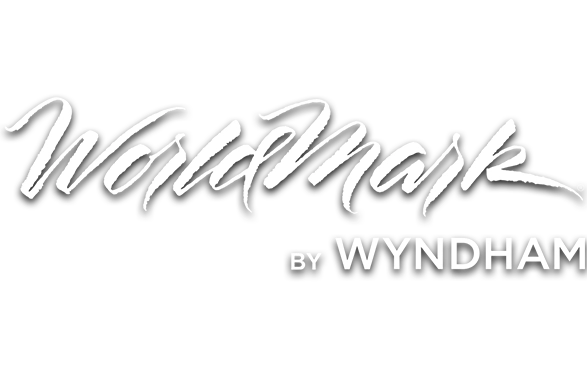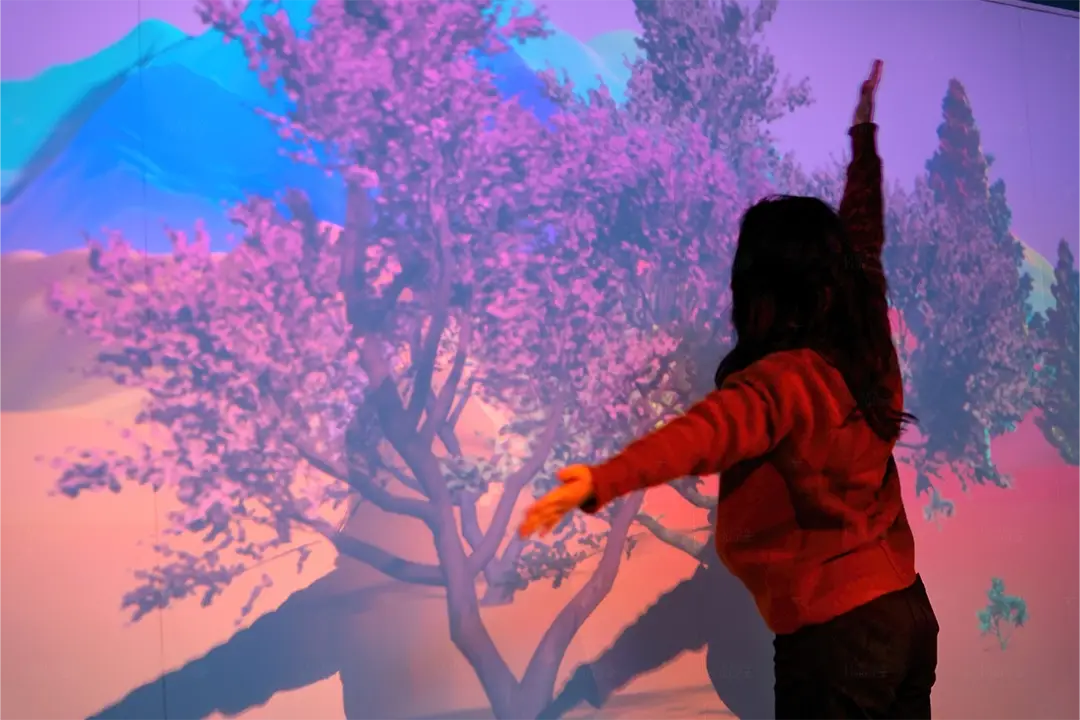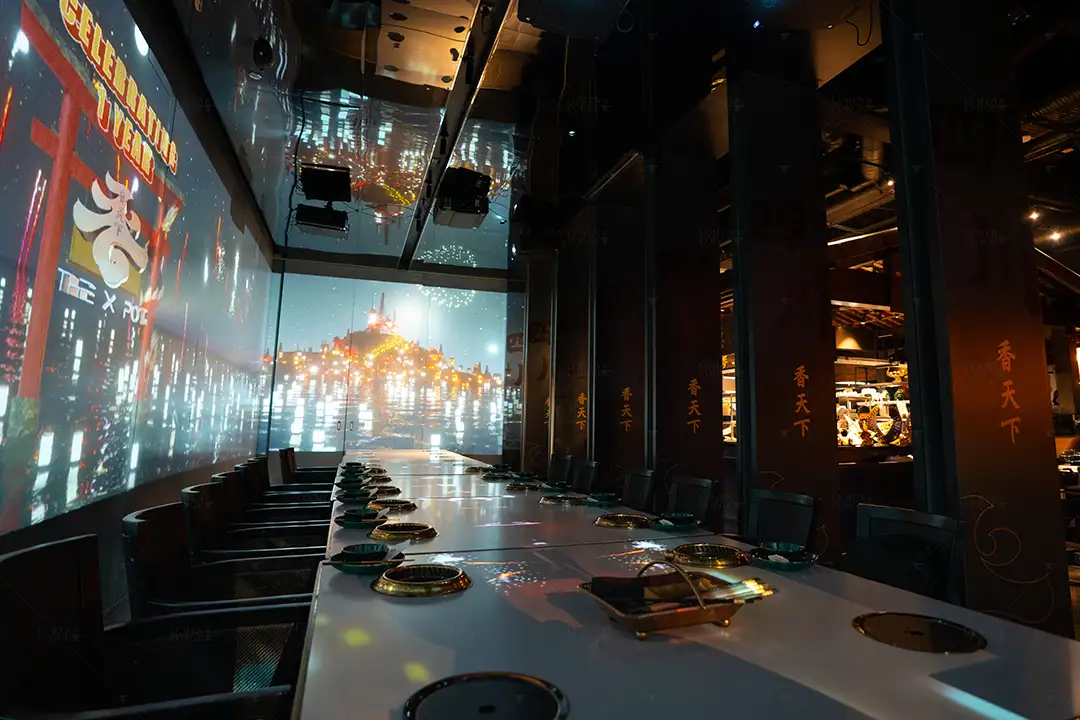A new dimension of storytelling has emerged that pushes the boundaries of traditional narratives. Beyond the spoken word lies an avenue to captivate your audience and take them into another world. Where every glance, shift in perspective, and movement is a part of the experience. Welcome to immersive storytelling and surround video.
This article dives into the captivating art of immersive storytelling and the transformative potential of surround video technology. Break free of the confines of conventional screens to guide viewers’ attention within a 360-degree environment.
Let’s explore the possibilities that both techniques bring. Offering a new lens through which we can create seamless, engaging, and unforgettable experiences.
Understanding Immersive Storytelling and Surround Video:
Immersive storytelling draws you into a journey that goes beyond the usual narrative formats. It’s a fusion of technology and creativity focused on immersing you in the story or message using surround video and more. Unlike conventional storytelling where you’re an outside observer, immersive digital stories envelop you within a multidimensional narrative space. By placing you in interactive environments that react to your presence, immersive storytelling aims to create an intimate, participatory experience that resonates emotionally. Surround video is the secret sauce for crafting immersive experiences. By encapsulating viewers within a 360-degree perspective, it puts the viewer right into the story and action. This technique builds an emotional connection and deeper engagement with the audience. Video in 360 degrees has become a versatile tool in entertainment, education, marketing, and training. Surround video can be displayed on screens or in immersive environments like projection domes and other venues. By becoming active participants, your senses light up, your perspectives change, and you connect to the content on a more emotional level. Immersive storytelling lowers the barriers of the screen, empowering creators to evoke empathy, presence, and resonance that previous methods simply cannot replicate. But how do you make sure your messaging is understood by your audience?


Kinetic Interactions for Deeper Immersion
To take immersive experiences to the next level, some creators are incorporating kinetic elements that physically interact with the audience. These could be small motions like plants that respond when touched or larger contraptions like rotating platforms or movable walls.
Kinetic components introduce dynamic physicality that intensifies immersion beyond just visual and audio inputs. When you can reach out and alter the physical environment, it creates visceral sensations of presence within the storyscape.
Simple example: robotic flowers programmed to turn toward viewers when brushed past, uttering pre-recorded words. Complex example: a rotating chamber mimicking gravitational shifts as audiences are transported through space travel scenes.
The key is ensuring kinetic parts are integrated seamlessly, responding intelligently to match the unfolding narrative. Poorly executed interactions feel gimmicky. But when done right, kinetic dimensions can profoundly deepen immersion, making the experience feel real, reactive and alive all around the participants.
Adding physical interactivity brings exciting possibilities, but requires extensive planning to execute properly. Kinetic components must align with technical and budget capabilities. But for those able to incorporate these dynamic physical elements, it takes immersive storytelling into uncharted territory.
Crafting a Seamless and Engaging Narrative:
A coherent storyline provides needed structure instead of disorganized sensory input.
Narrative progression gives audiences a consistent thread to latch onto and follow as the experience unfolds. A compelling plot also sustains attention and investment as viewers actively participate in the story.
Pacing is crucial for modulation and dramatic effect. Moments of wonder and contemplation can then give way to rising action. Thoughtful pacing keeps viewers oriented without bombarding the senses.
Multi-dimensional characters add relatability and emotional resonance. Backstories and personality dimensions make characters seem real amidst fantastical settings. Audiences feel more invested when they can identify with the characters’ motivations and struggles.
A unified narrative arc immerses audiences in a journey that peaks to a meaningful resolution. The ending should provide time for reflection, reinforcing key messages. Ambiguous or disjointed endings can undermine immersion and disengage viewers.
By crafting a storyscape that coheres around pacing, characters and plot, immersive media can transport audiences into seamless sensory and emotional experiences. A compelling narrative thread is crucial for ensuring viewers remain engaged and rooted throughout the unfolding journey.



Case Studies: Successful Implementation of Surround Video in Immersive Storytelling:
Jeep 4D Theater Off-Roading Experience: Winter X Games 2018-2019
The Jeep Off-Roading Experience at the 2018 and 2019 Winter X Games provides a stellar case study in immersive storytelling. The 30-foot projection dome housed 18 motion-activated seats with complementary scents, sounds and sensations to immerse attendees in the off-roading narrative.
Surround video filled the dome’s curved screen, guiding viewers’ perspectives through rugged trails. This 360-degree visual environment made audiences feel like they were behind the wheel, following the exhilarating pace of the content. The dome’s versatile canvas conveyed the vehicle’s bumpy ride and sharp turns through perfectly timed movements and effects.
By complementing surround footage with authentic motion-activated heated leather seats, the experience crafted a seamless off-roading adventure. The project exemplifies how surround video can be implemented to direct attention and unfold an engaging sensory narrative around the audience.


The X Pot: Immersive Dining in Las Vegas & Chicago
The X Pot restaurant provides an innovative case study in implementing surround video to craft immersive dining experiences. The 5D room encompasses guests in surround visuals, with projection mapping transforming entire surfaces into themed environments. Ten specialized projectors deliver HD footage projected in 360 degrees that fills sightlines. Complementary soundscapes, interactive lighting, and themed decor complete the sensory journey. Surround video guides attention through Asian-themed or fantastical scenes, lending versatility as each course prompts a new scene. Custom projection surfaces and hardware solutions overcame technical hurdles to realize the vision. By leveraging surround footage and multi-sensory elements, The X Pot transports diners into an evolving narrative where dishes become portals into new realities. The project pushes the boundaries of immersive storytelling in culinary contexts.



Immersive storytelling and surround video open new dimensions for creators to transport audiences into multidimensional worlds. By encapsulating viewers within evolving narratives, these techniques forge deeper emotional connections and engagement. Surround video provides a versatile canvas to guide perspective amidst 360 degrees of content. Meanwhile, strong narrative craft harnesses immersion to unfold impactful stories that resonate long after the experience ends.
With the right creative vision, technical execution, and narrative understanding, immersive stories empower you to break from the confines of screens into experiential realms. As both technologies continue advancing, the possibilities for crafting transformative journeys will only expand further. The captivating art of immersive storytelling has only just begun.


































